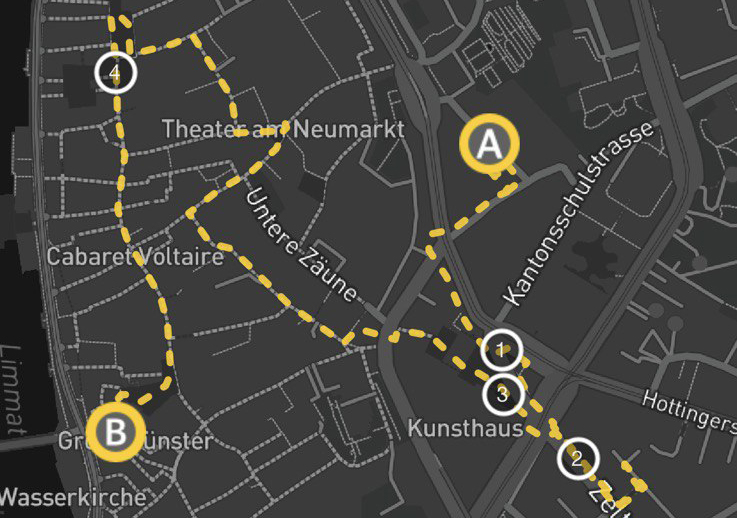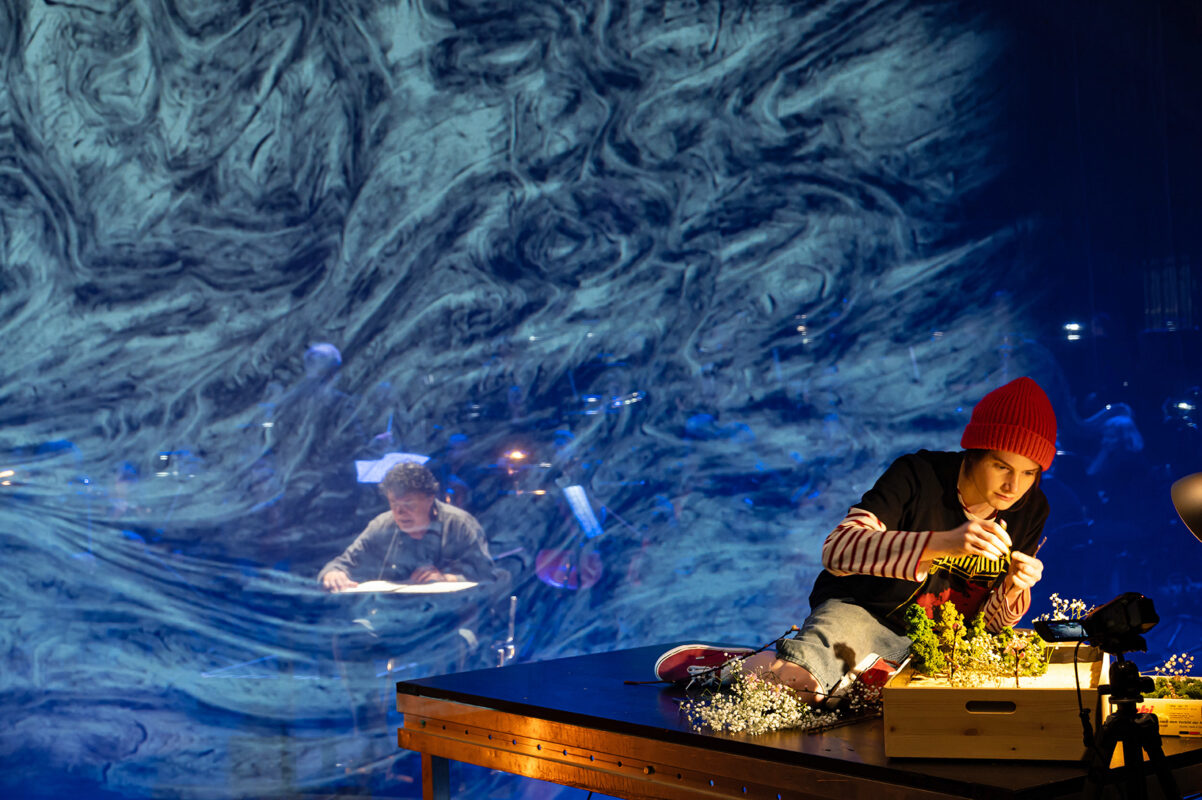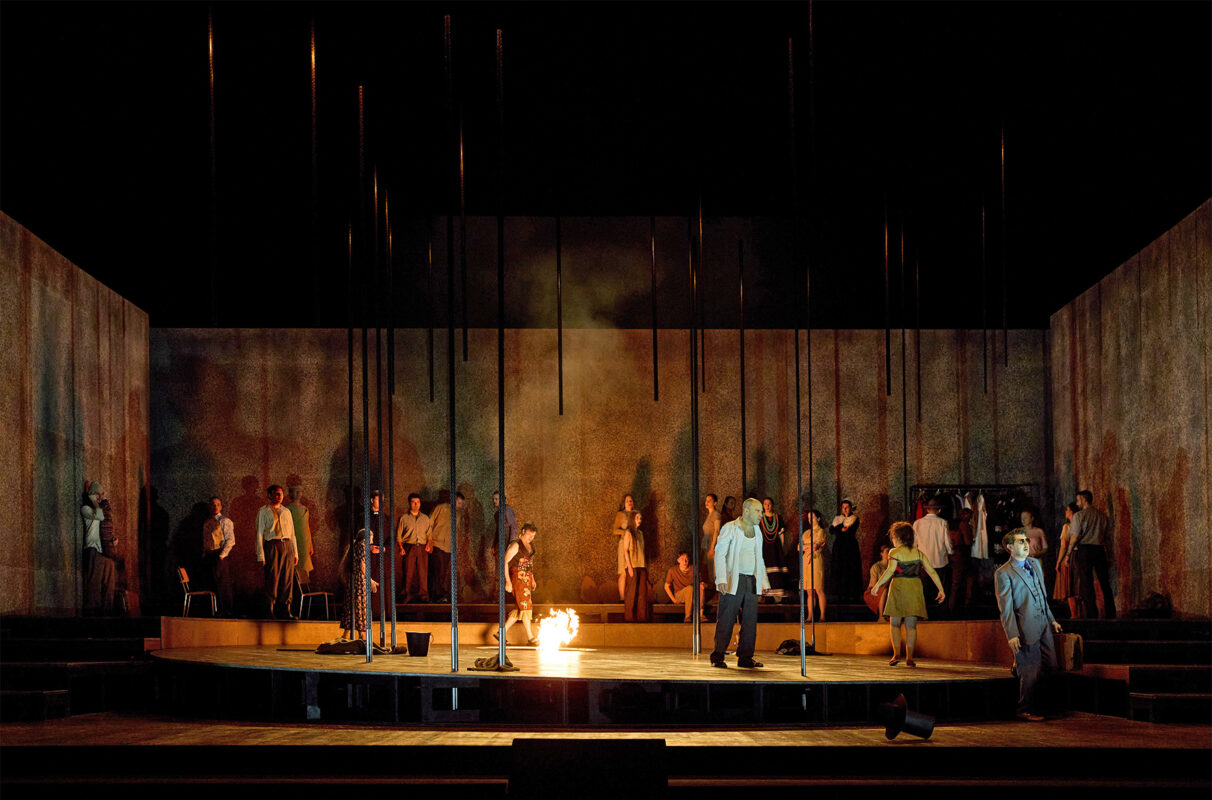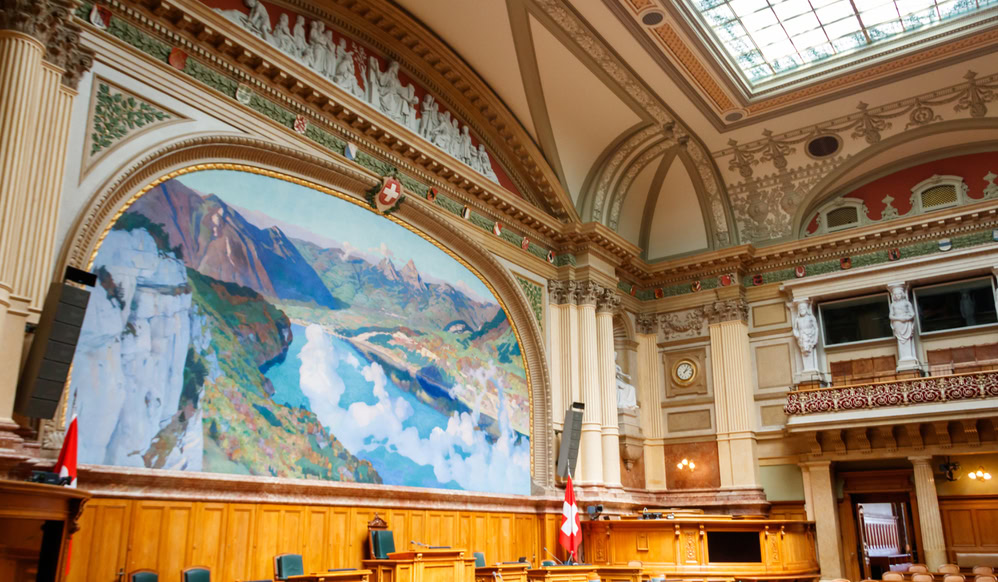Strolling through Zurich's music history
Zurich is a city of music - you can now experience this on an audio walk through the old town. The vernissage took place on May 23.

A friendly voice guides you precisely across Heimplatz, past the Schauspielhaus, left into Zeltweg, through a passageway into the inner courtyard of the Escherhäuser and directly into another time. Richard Wagner himself scolds a blacksmith there in almost original Saxon, disturbing his composing peace, whose hammering mingles with Wagner's piano and soon leads into the first act of Siegfried which in part actually originated right here.
What lasts a long time ...
This virtuoso walk through the city and through time is part of the project just presented at the website of the Institute of Musicology of the University of Zurich. Music in Zurich can be downloaded to any smartphone. It was conceived by writer, radio play director, singer and journalist Simona Ryser and editor Roger Nickl. At the vernissage at the Institute of Musicology, it was revealed that the idea had already come up a while ago. As the director of the institute, Laurenz Lütteken, explained, the idea of an auditory tour through Richard Wagner's Zurich was already being dreamt of in 2007, on the occasion of the congress of the International Musicological Society held in Zurich. At that time, however, "only" thematic city tours were created. These were based on extensive research that was initiated between 2002 and 2012 as part of the research project "Music in Zurich - Zurich in Music History", but only reached their conclusion and culmination two years ago.
Music in Zurich. A city guide: people - places - institutions is the title of the book edited by Bernhard Hangartner and David Reissfelder, the second edition of which has already been published by Chronos-Verlag. Not only does it cover "253 people, 14 places and 21 institutions" in lexical terms, as the editors write, but it also contains a section entitled "Walks and maps" with suggestions for just that: Discovery tours through musical Zurich.
... will be really good
And this is where the new audio walk comes in. Ryser and Nickl took one of these suggestions and turned it into a sensory experience. This is important to note, because the aim of such an audio walk cannot be to simply reproduce the information contained in the book acoustically. Nickl emphasized in the discussion moderated by Viviane Nora Brodmann that they had tried to make it possible to experience it scenically. Brodmann, a doctoral student at the institute, acted as project coordinator and musicological advisor and also led through the vernissage as a witness to the complex creation process.
Simona Ryser, who was also responsible for the direction, told us more about this process. Among other things, we learned that the concept includes a framework story: a singer is on her way to the Grossmünster, where she is to perform Bach's Mass in B minor. She has a nice voice (Lara Körte) that guides you and knows a lot to tell. Or how Ryser had to walk the same path again and again, microphone in hand, hoping that at some point no unacceptable noises would disturb the recording. We also learned that the jazz guitarist and composer Philipp Schaufelberger had composed his own "walking music" to accompany us on the way between the stations and hold the whole thing together acoustically.
At the end of the vernissage, the members of the institute showed that musicologists also know how to make music. The in-house Schola even made it into the music samples of the audio walk. - An all-round successful opening, at which a lot of information was skilfully conveyed in a playful way, for a lasting experience that will give you many a surreal moment as you wander through modern Zurich with headphones in your ears, listening to the past.









